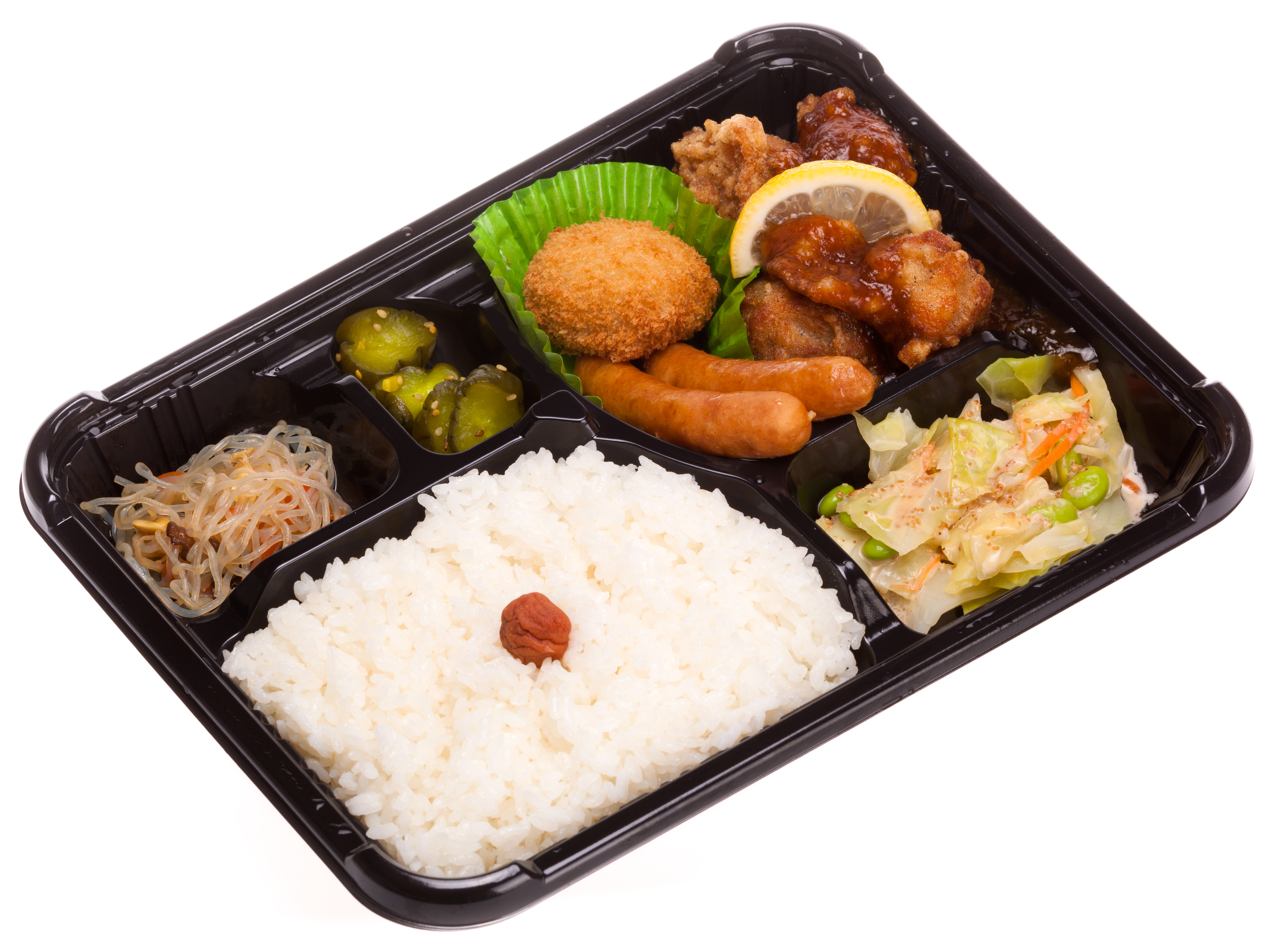Exhausted from the past two days, I didn't have the strength the brave the rain and visit a museum as planned. So I spent all day at home with my host family. From waking up at 11 to surfing the web, it was a perfect Sunday.
For lunch, we ordered in a dish called Yamameshi with unagi gobo. Yamameshi is traditional rice cooked in a steel pot with a fire. It is very difficult to cook rice that way and is rarely done now. Unagi gobo is the Japanese sea eel (unagi) with gobo (bitter gourd) in a kind of sauce. Unagi is an expensive food, and isn't eaten regularly by most. Its well worth the money though.
 |
| Yamameshi with Unagi Gobo |
 |
| I was impressed to see that the restaurant which we ordered from sends proper trays and cutlery as they would provide if we were eating in the restaurant, unlike the usual disposable plastic boxes. The delivery man comes back the next day to pick up the cutlery and take it back to the restaurant. |
For dinner, Kaori-san made Okonomiyaki, which is a type of Japanese pancake. A batter is made of wheat and cabbage among other kinds of vegetables and meat. Just before eating, it is placed on a sort of portable frying pan along with slices of pork. The pork forms the crust of the Okonomiyaki. After the meat turns red-ish in color, the Okonomiyaki is eaten with sauce, mayonnaise, a bit of seaweed and bonito flakes.
Okonomiyaki is a food that was invented in Hiroshima after the war bombings due to the shortage of rice. Until the people of Hiroshima had access to rice again, they ate Okonomiyaki as their staple food using the wheat that was imported from other countries. It is now a popular food among households with kids, since it requires very little preparation.
We ate outside on the terrace. It's been a long time since I've eaten out in the open without noises of construction, cars or other people around me.
 |
| Okonomiyaki in the making |
 |
| Okonomiyaki, ready to be eaten! Toppings include sea weed and bonito flakes, sauce and mayonnaise. |
Over dinner, my host family told me about their visit to , Minami-sanriku a small town in the Miyagi prefecture which was severely affected by the 2011 Tohoku earthquake. Minami-sanriku was a small town of about 10,000 people by the coast. When the earthquake came, the town wasn't really affected thanks to earthquake resistant houses. But there was a tsunami warning and instructions to evacuate. Some people went to the evacuation buildings and others went to the top of a mountain. The Tsunami came about 45 minutes later, and it was the largest one in Japan's history. Only one building survived the earthquake and others were washed down, including the building of disaster management. A large number of people died and large portions of the town were completely wiped out. A local of the town whose a photographer was up on the mountain taking pictures of the Tsunami. I was looking at some of his pictures in a book that my host family had and I was surprised to see that the Tsunami was forceful enough to uproot houses and send them crashing into other houses behind them. A picture showed the locals' joy at being able to take a bath in a communal bath tub that was sent as relief in May 2011 (2 months after the Tsunami struck). My host family visited this place in 2013 to see the after affects of the Tsunami and told me that the government wasn't rebuilding this town since it was too close to the coast.
My host mum whose from Fukushima, where the nuclear disaster happened, told me that the nuclear disaster also took place about an hour after the earthquake. But because there were so many people trying to reach their families and friends in Fukushima, it was difficult to contact them and she only heard from her family at 9 p.m. that night.
This earthquake was worse than the 1923 Kanto earthquake. But after the Kanto earthquake the Japanese took great care in building earthquake resistant houses and having evacuation areas for Tsunamis. Its very impressive to see how they survived an earthquake of 9.0 magnitude, the aftershocks, the nuclear disaster and the Tsunami, all of which were capable of destroying the country within an hour.






























































